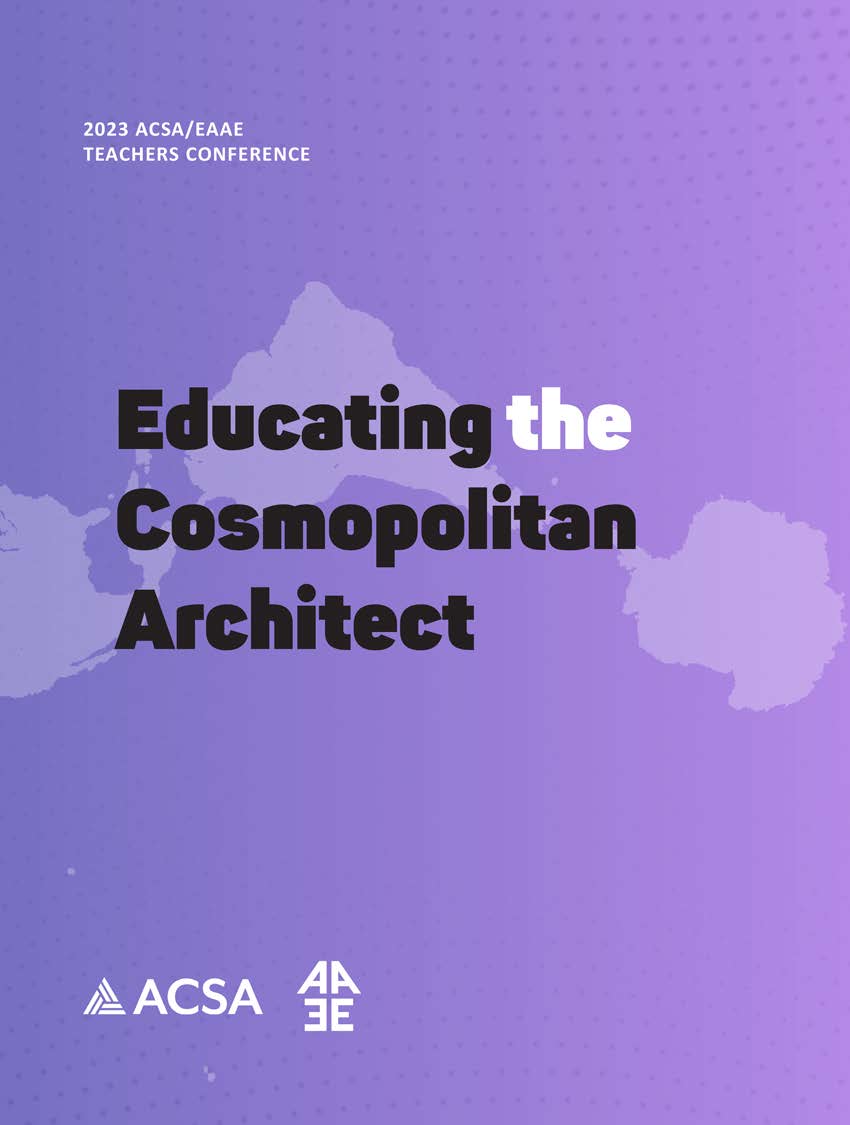Author(s): Jennifer L. Barker & Wendy Griswold
In the face of rapid change, instability, ambiguity and uncertainty, people require skill in adaptation and resiliency. These skills are applicable to the design profession and are a necessary part of being a global citizen in today’s world.1 An essential quality to adaptation and resiliency is failure fluency, a phrase that builds out from the concept of successful failure. For the authors, an interest in the phrases “successful failure” and“failure fluency” derive from narrative and grounded theory research into the experience of architectural and community educators. Specifically, architectural educators expect that students will be willing to explore, to fail, and to try again. 2 This expectation for a willingness and ability to fail—rooted in aspects of developing innovation and creativity3—often remains tacit, a desired outcome expected to arise out of the design process. Explicating the capacity for resilience developed through and within the design process, especially as it builds failure fluency for global citizenship, can be facilitated by aspects of co-creative learning found in community education. Placing at its foundation the work on successful failure by Eve Weinbaum, this paper presents definitions for both successful failure and failure fluency as they are developed through adult and community education theories. The paper outlines the process for that development and applies it to the specific site of the design studio to support architectural educators who, like the authors, wish to apply it to their teaching practice to develop agency in themselves and their learners. The paper concludes by tying back into the larger global goals of the conference.
https://doi.org/10.35483/ACSA.Teach.2023.23
Volume Editors
Massimo Santanicchia
ISBN
978-1-944214-44-9

 Study Architecture
Study Architecture  ProPEL
ProPEL 
